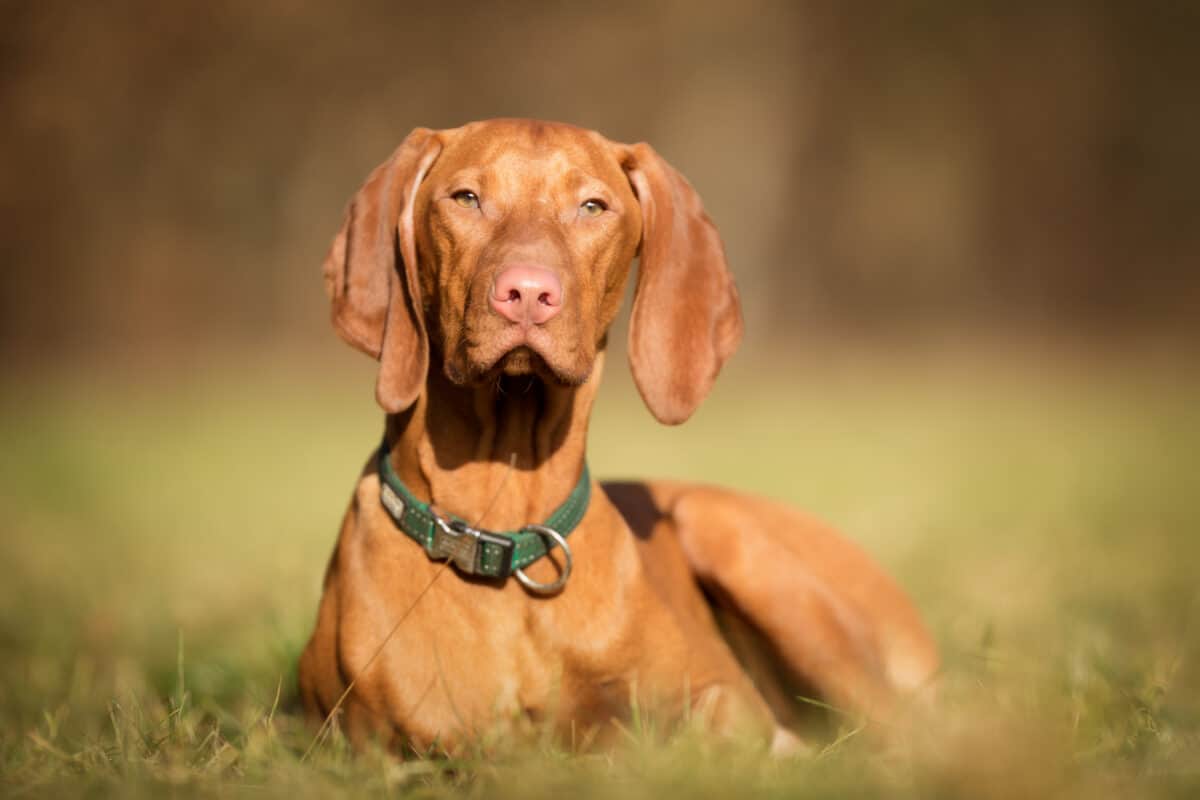For many dog owners, the jingle of car keys triggers an explosion of canine excitement. Tails wag furiously, ears perk up, and some dogs even perform their happy dance at the prospect of a car ride. However, not all dogs share this enthusiasm. While some breeds naturally take to road trips like furry navigators, others experience anxiety or motion sickness that can turn even short drives into stressful experiences.
Understanding which breeds typically enjoy car travel and which ones might struggle can help you prepare appropriately for journeys with your four-legged friend. This knowledge is particularly valuable when choosing a dog breed if you lead an on-the-go lifestyle or frequently travel by car. Let’s explore ten dog breeds that typically love hitting the road and three that might prefer to stay home – along with tips to help make car rides more comfortable for all canine companions.
Labrador Retrievers: Born Road Trippers
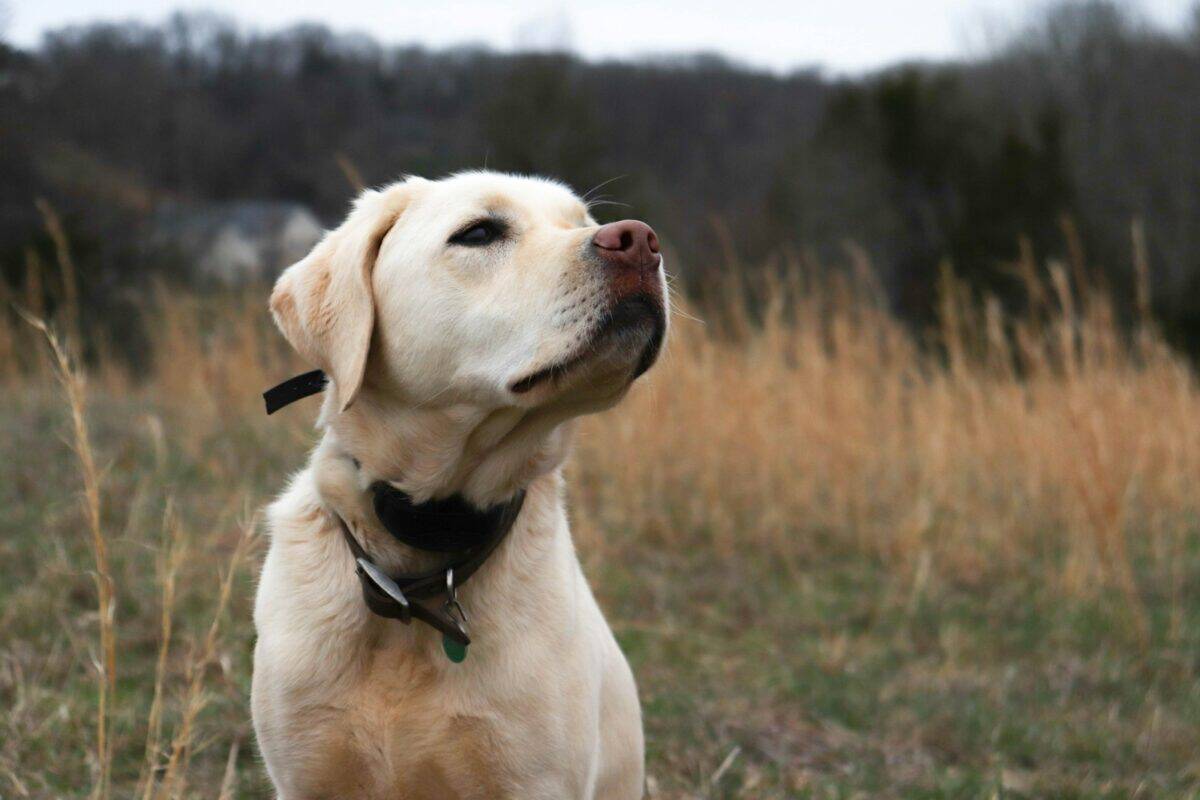
Labrador Retrievers consistently rank among the most car-friendly dog breeds, embodying the stereotypical image of a happy dog with its head out the window, ears flapping in the breeze. Their adaptable, easy-going temperament makes them naturally suited to handle the motion, sounds, and changing environments that come with car travel. Labs were originally bred as working dogs who accompanied their owners on various expeditions, so adventure is practically encoded in their DNA.
Beyond their adaptable nature, Labs also possess a remarkable ability to remain calm in new situations, which helps them adjust to the confined space and movement of vehicles. Most Labrador owners report that their dogs view car rides as exciting adventures rather than stressful experiences. Whether it’s a quick trip to the park or a cross-country journey, Labradors typically settle in comfortably, often falling asleep to the vehicle’s rhythmic motion once the initial excitement wears off.
Golden Retrievers: Happy Travelers
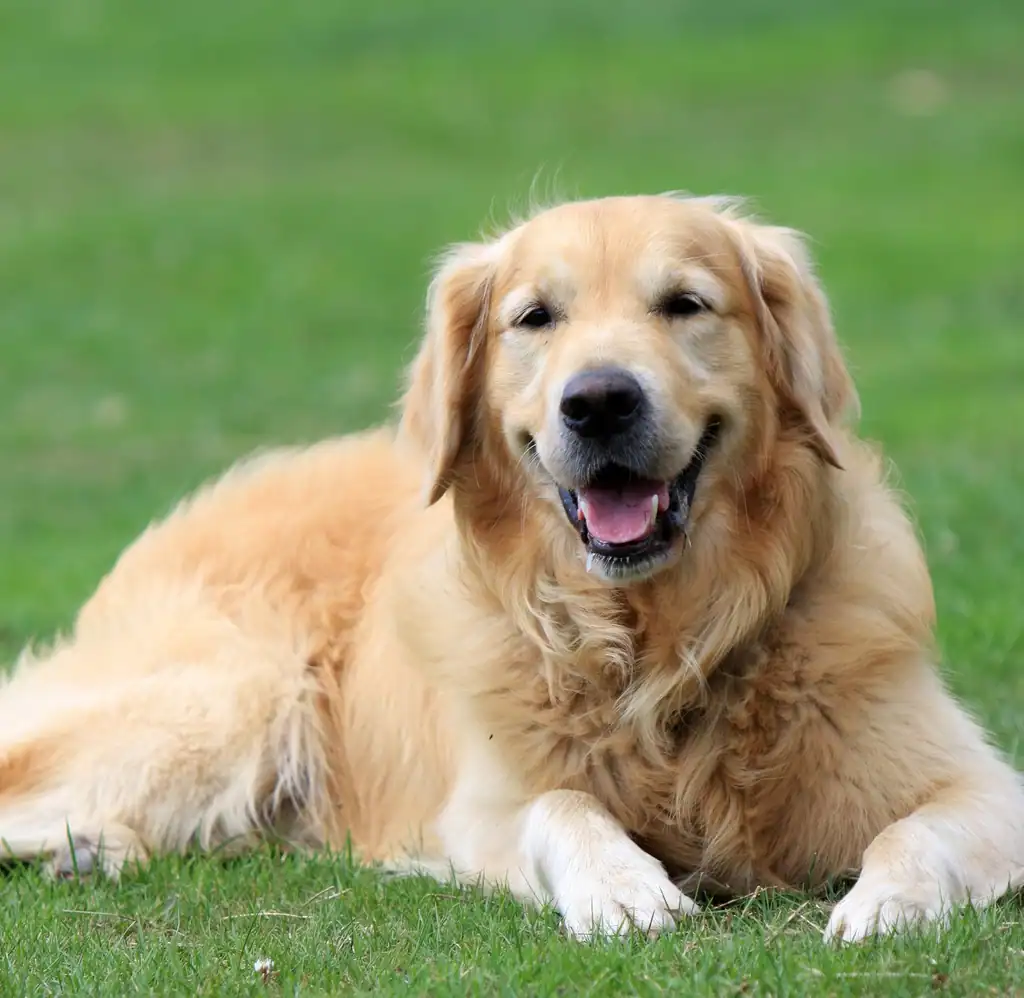
Similar to their Labrador cousins, Golden Retrievers generally display an enthusiasm for car rides that matches their overall zest for life. These friendly, intelligent dogs adapt well to car travel, typically viewing it as another opportunity to spend time with their beloved humans. Their people-pleasing nature means they’re likely to behave well during car rides, making them ideal travel companions for families on the move.
Golden Retrievers’ natural confidence helps them adjust to the sensory experience of being in a moving vehicle without becoming overly anxious or stressed. Their moderate energy level also works in their favor during car trips – while they’ll certainly be excited at the beginning of the journey, they generally settle down after the initial thrill passes. Many Golden owners note that their dogs quickly associate car rides with positive experiences like arriving at hiking trails, beaches, or other adventure destinations.
Beagles: Adventure-Seeking Navigators

Originally bred as hunting dogs, Beagles have historically spent considerable time traveling to and from hunting grounds, which may explain their typical comfort with car transportation. These curious, scent-driven dogs often find car rides stimulating rather than stressful, as the journey provides them with a constant stream of new smells and sights to process. Their compact size is also advantageous for car travel, allowing them to fit comfortably in vehicles of various sizes.
Beagles’ adaptable nature and resilient temperament contribute to their usually positive relationship with car travel. While they might initially be vocal with excitement (Beagles aren’t known for their quiet demeanor), most settle into a contented state once the journey is underway. Many Beagle owners find that securing these scent hounds in a safety harness near a partially opened window (with appropriate safety measures) keeps them engaged and happy, as they can sample the smorgasbord of scents passing by without putting themselves at risk.
Border Collies: Alert Co-Pilots
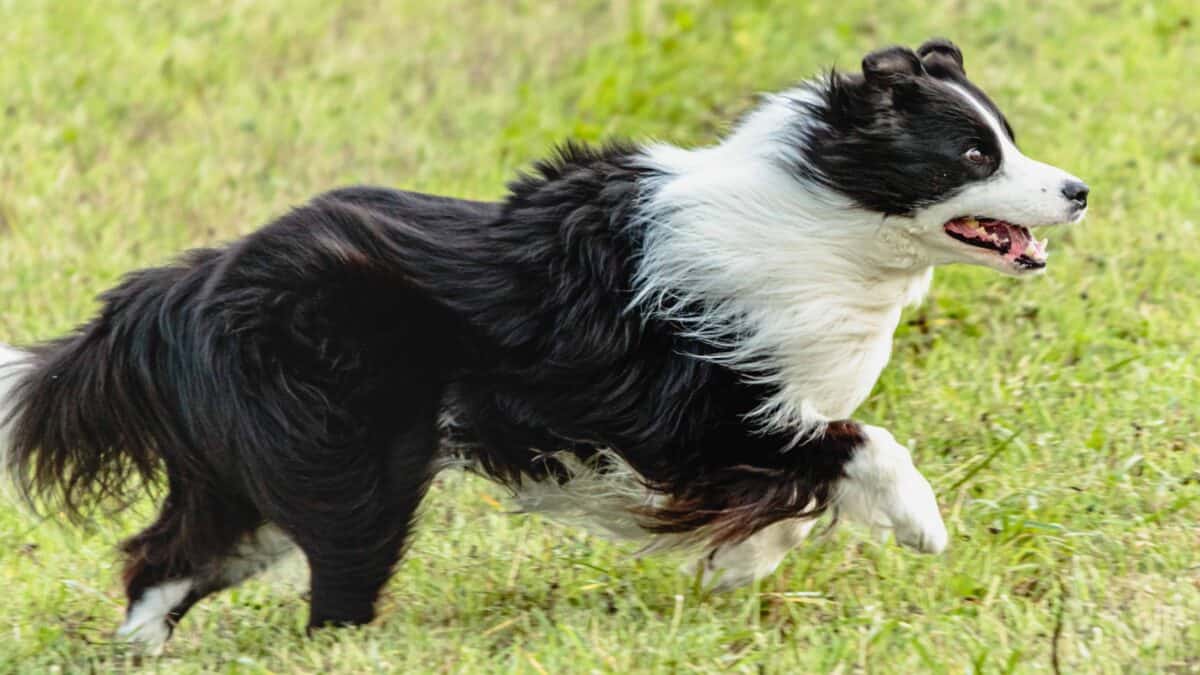
Border Collies, with their exceptional intelligence and work-oriented mindset, often approach car rides with the same focused attention they bring to all activities. These highly observant dogs typically enjoy watching the passing scenery, tracking movements outside the vehicle, and staying mentally engaged throughout the journey. Their adaptable nature and desire to be involved in all family activities make them natural car companions who rarely exhibit travel anxiety.
However, Border Collies’ high energy levels mean they benefit from occasional breaks during longer trips. These intelligent dogs quickly learn car travel routines and may even anticipate regular stops or final destinations. Many Border Collie owners note that their dogs seem to understand the concept of “going somewhere” and display excitement when they recognize routes to favorite destinations. Their attentive nature makes them seem like true co-pilots, often sitting upright and alert, seemingly studying the road ahead.
Australian Shepherds: Road Trip Enthusiasts

Australian Shepherds share many characteristics with Border Collies regarding their comfort level with car travel. These versatile working dogs were developed to assist ranchers and farmers who frequently needed to transport their dogs between work sites. This historical background has produced a breed that typically adapts well to vehicle transportation. Aussies are known for their keen intelligence and bond with their owners, making them eager participants in any family activity – including road trips.
Their moderate to high energy level means they do best on car journeys that include activity breaks, particularly on longer trips. Australian Shepherds’ alert nature makes them engaged passengers who often watch the passing world with great interest. Many Aussie owners report that their dogs seem to recognize specific routes and show visible excitement when they realize they’re heading to favorite destinations like parks or hiking trails. Their adaptable nature also helps them adjust to overnight stays in new locations, making them excellent companions for vacation travel.
Vizslas: Velcro Dogs on the Go
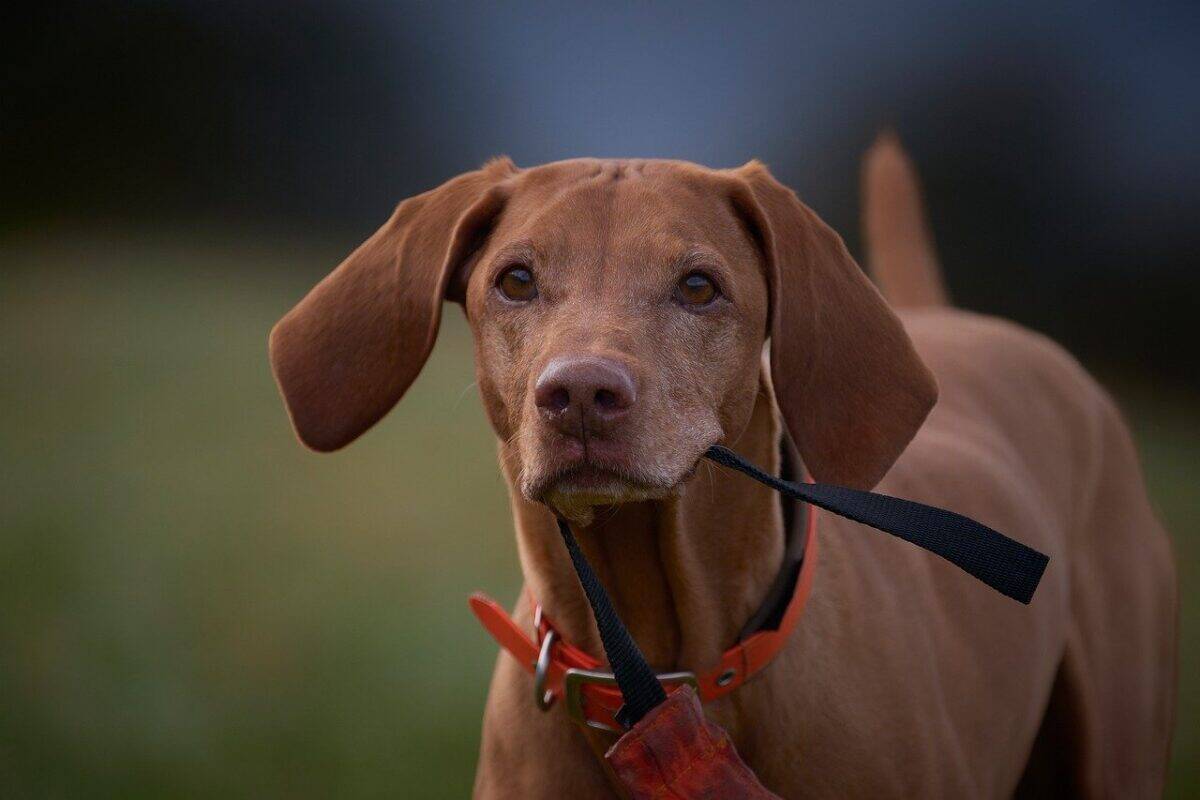
Vizslas, often described as “velcro dogs” for their strong attachment to their humans, typically transfer this desire for closeness to car travel situations. These athletic Hungarian hunting dogs generally enjoy car rides because it means staying close to their beloved owners while potentially heading to an outdoor adventure. Their calm house demeanor often extends to vehicle behavior, where many Vizslas contentedly settle in for the journey after an initial period of excitement.
Their moderate size makes them comfortable in most vehicles without creating space issues. Vizslas’ adaptable nature and historical background as companions for mobile hunters contribute to their typically positive association with car travel. Many Vizsla owners report that their dogs view car rides as a prelude to fun activities like hiking, swimming, or field work, which reinforces their enthusiasm for vehicle transportation. Their tendency to form strong bonds with their humans often means they’re content simply being included in the journey, regardless of the destination.
Siberian Huskies: Born Adventurers

Siberian Huskies, with their nomadic heritage and history as sled dogs, seem almost genetically programmed to enjoy travel. These independent, adventure-loving dogs typically approach car rides with enthusiasm, viewing them as opportunities for new experiences. Their robust constitution and adaptable nature help them handle the sensory stimulation of car travel without becoming overwhelmed or anxious.
Huskies’ natural curiosity makes them engaged passengers who often remain alert during journeys, watching the passing scenery with interest. Their independent streak means they’re usually comfortable with the confined space of a vehicle without becoming clingy or distressed. Many Husky owners note that their dogs become visibly excited at the prospect of car rides, associating them with adventures in new territories. This breed’s historical background as working travelers seems to have created a genetic predisposition toward enjoying movement and transportation.
Dalmatians: Historical Road Companions
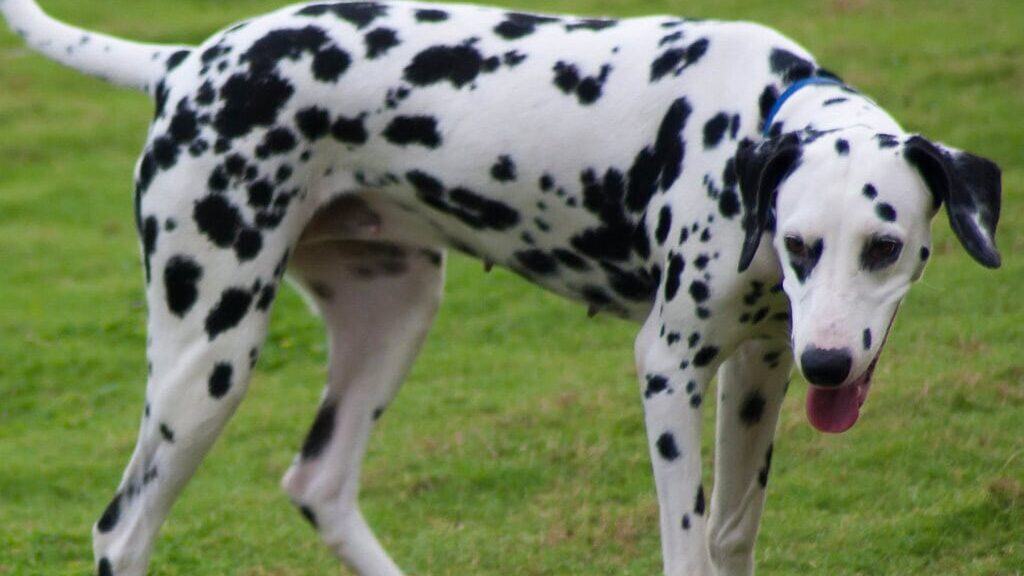
Perhaps no breed has a stronger historical connection to travel than the Dalmatian. Originally bred to run alongside horse-drawn carriages as guard dogs, Dalmatians have transportation practically woven into their DNA. This historical background has produced dogs that typically display natural comfort with vehicular movement. Their stamina and energy level that once allowed them to trot for miles alongside carriages now translates to a generally calm demeanor during car travel.
Dalmatians’ alert nature makes them attentive passengers who often watch their surroundings vigilantly. Their adaptable temperament helps them adjust to the confined space and motion of modern vehicles. Many Dalmatian owners report that their dogs seem to have an intuitive understanding of car travel protocols, settling into position readily and remaining composed throughout journeys. For longer trips, however, these energetic dogs benefit from regular breaks to stretch their legs and burn off some of their considerable energy.
Bernese Mountain Dogs: Gentle Giants Who Love Adventure

Despite their imposing size, Bernese Mountain Dogs typically make excellent car travelers when properly accommodated. These gentle giants were historically used as draft dogs in their native Switzerland, pulling carts and helping with farm work that often involved transportation. This working heritage seems to have instilled a natural comfort with movement and travel that extends to modern car journeys. Their generally calm, steady temperament helps them remain composed during vehicle travel.
Their large size means they require appropriate space accommodations, with many Berner owners finding that SUVs or vehicles with dedicated cargo areas work best. Despite needing more room, these dogs typically adapt well to vehicle confinement, often settling down quickly after entering the car. Many Bernese Mountain Dog owners note that their dogs view car rides as social activities to be enjoyed with their family pack. Their laid-back nature and desire to be included in family activities contribute to their usually positive association with car travel.
Jack Russell Terriers: Compact Explorers
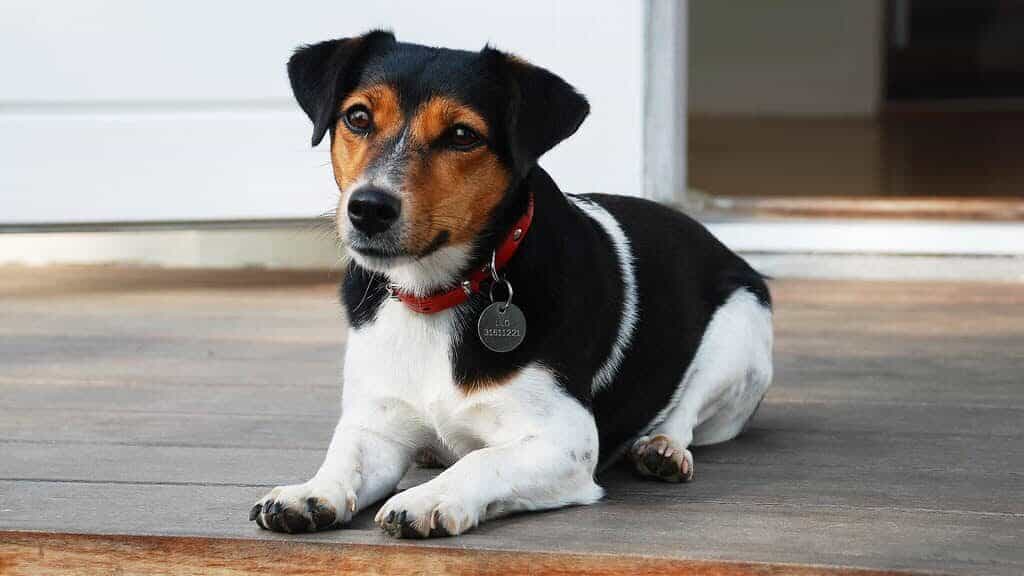
Jack Russell Terriers may be small in stature, but they bring tremendous energy and enthusiasm to car travel. These spirited terriers were bred for hunting, which often involved transportation to various hunting grounds. Their adventurous nature and adaptable temperament help them embrace car rides as exciting preludes to potential adventures. Their compact size is advantageous for vehicle travel, allowing them to fit comfortably in cars of all sizes.
Jack Russells’ high energy level means they might initially be quite excited at the prospect of a car ride, but many settle down once the journey is underway. Their curious, alert disposition makes them engaged passengers who often watch passing scenery with great interest. Many Jack Russell owners find that securing these active dogs in appropriate restraints helps channel their enthusiasm safely during car travel. Their resilient nature and adaptability to new situations contribute to their typically positive experience with car transportation.
Breeds That Often Experience Car Sickness

While many dogs enjoy car travel, certain breeds seem more predisposed to motion sickness and travel anxiety. Small breeds with short muzzles like Shih Tzus often struggle with car rides. Their compressed facial structure can affect balance and breathing, potentially exacerbating motion sickness symptoms. These dogs frequently exhibit signs of distress during car travel, including excessive drooling, vomiting, or visible anxiety. Their small size also means they experience more dramatic motion effects as vehicles turn or change speeds.
Bulldogs, with their brachycephalic (flat-faced) structure, similarly tend to have difficulty with car travel. Their breathing challenges can be exacerbated by excitement or stress, making car rides potentially uncomfortable experiences. Great Danes, despite their imposing size, often experience motion sickness due to their height and center of gravity. The proportions of these gentle giants mean they feel vehicle movement more intensely, potentially triggering nausea and discomfort. For all these breeds, gradual desensitization, proper ventilation, and consultation with veterinarians about possible motion sickness medications can help improve their car ride experiences.
Making Car Rides Comfortable for All Dogs
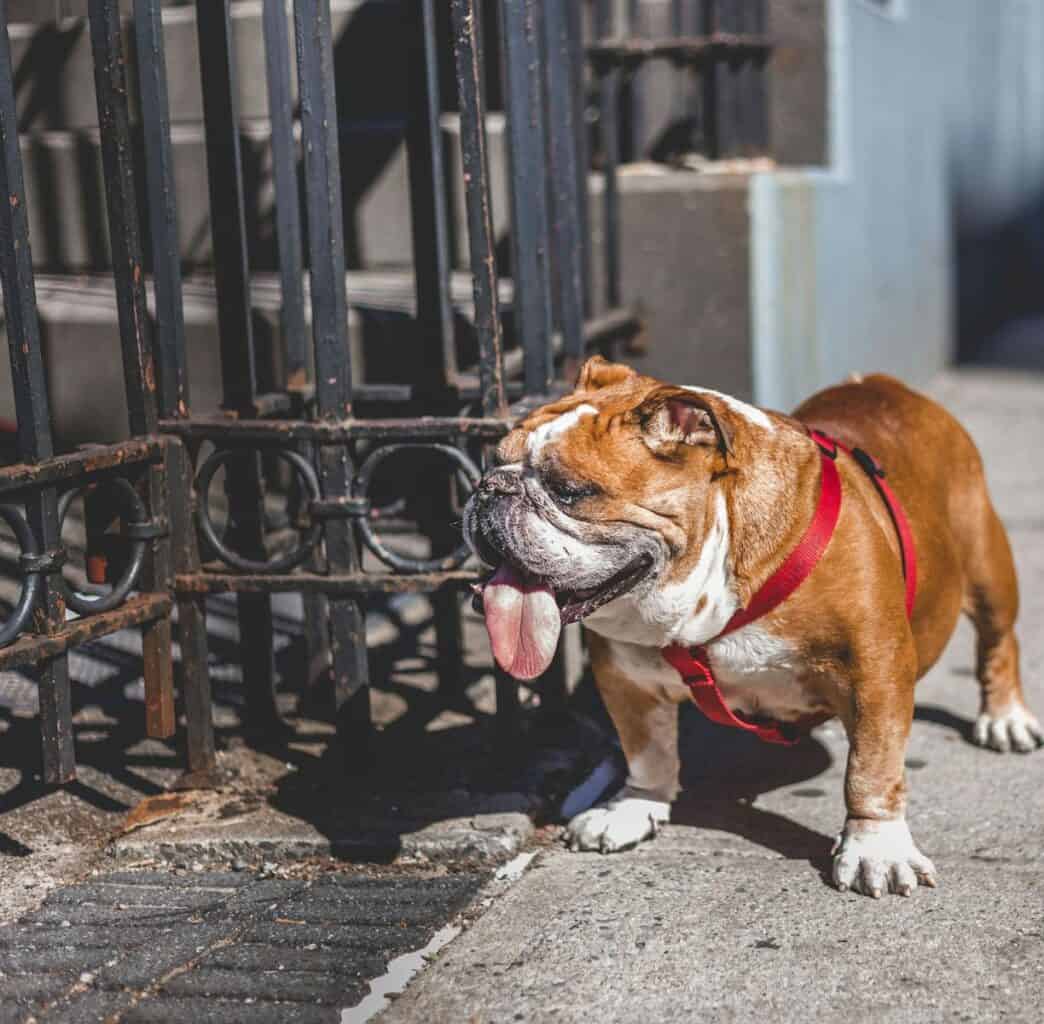
Regardless of breed tendencies, individual dogs may have unique reactions to car travel that differ from typical breed characteristics. Creating positive associations with car rides begins early with gradual exposure and patience. Start with short trips to pleasant destinations like parks before attempting longer journeys. Proper restraint systems, including crash-tested harnesses or secured crates, provide safety while potentially reducing anxiety by limiting movement that could trigger motion sickness.
For dogs prone to car sickness, veterinarians may recommend anti-nausea medications for longer journeys. Maintaining appropriate temperature and ventilation in the vehicle helps all dogs travel more comfortably. Bringing familiar items like favorite blankets or toys can provide reassurance, while regular breaks on longer trips allow dogs to stretch, relieve themselves, and reset their equilibrium. With thoughtful preparation and understanding of your individual dog’s needs, car travel can become an enjoyable shared experience regardless of breed predispositions. Remember that patience and positive reinforcement go a long way in helping anxious travelers develop more confidence with each successful journey.
Understanding Your Unique Canine Companion

While breed tendencies provide useful guidelines, it’s important to remember that each dog is an individual with unique preferences and comfort levels. Some Labradors may experience anxiety in cars despite their breed’s reputation for travel enthusiasm, while some Shih Tzus might prove to be excellent travelers despite their breed’s predisposition to motion sickness. Observing your specific dog’s reactions and adapting your approach accordingly will always yield better results than relying solely on breed generalizations. With patience, preparation, and attentiveness to your dog’s specific needs, you can help create positive car travel experiences regardless of your dog’s genetic background.
Understanding the historical context and purposes for which different breeds were developed provides insight into their typical relationship with transportation, but your dog’s personal history matters just as much. Early experiences, proper introduction to car travel, and consistent positive associations play crucial roles in determining how any dog responds to vehicle journeys. By combining knowledge of breed tendencies with sensitivity to your individual dog’s signals and needs, you can work toward making car travel a rewarding shared experience that both you and your canine companion can enjoy together for years to come.
- Could Wildlife Tourism Be Doing More Harm Than Good? - August 23, 2025
- The Hidden Life of Tide Pool Creatures - August 23, 2025
- Do Blue Lobsters Really Exists? - August 22, 2025

